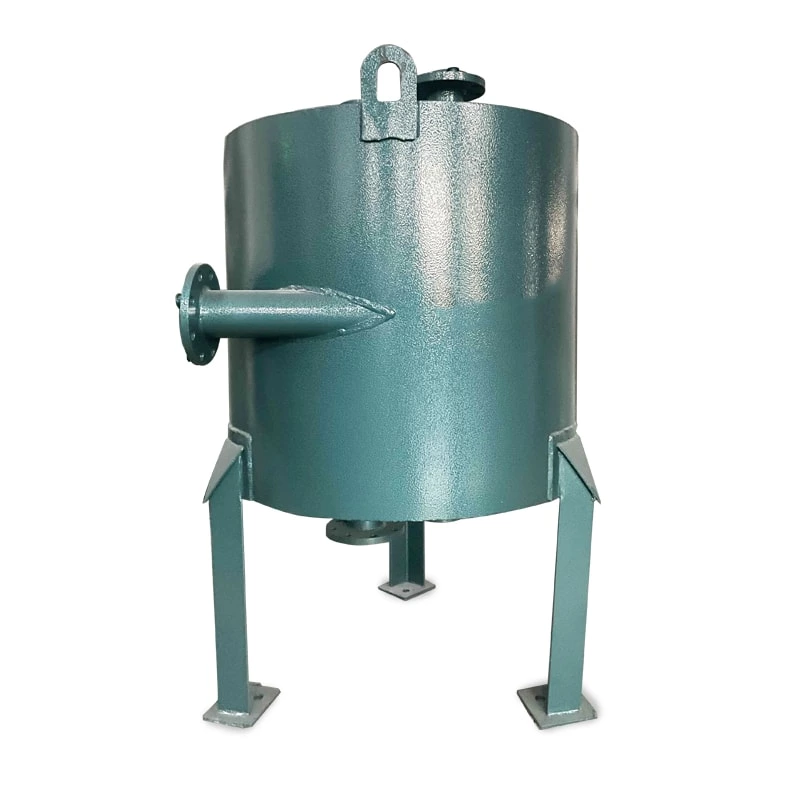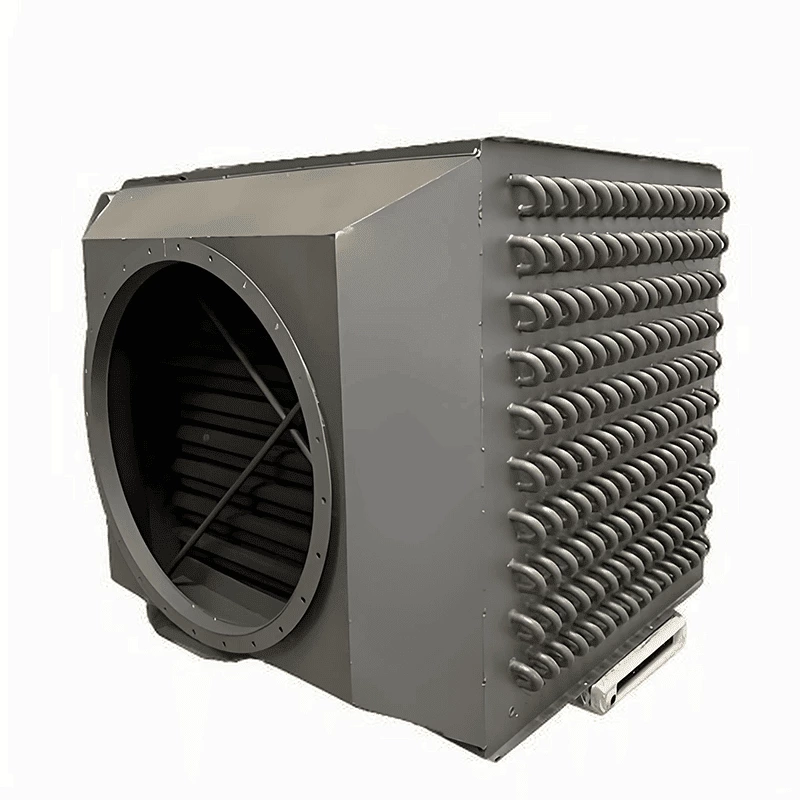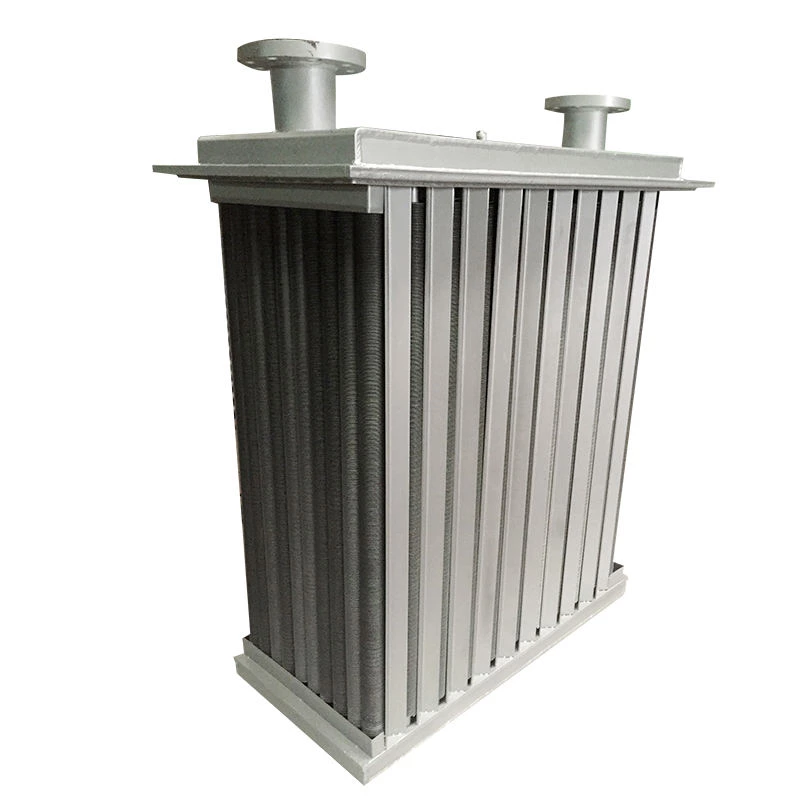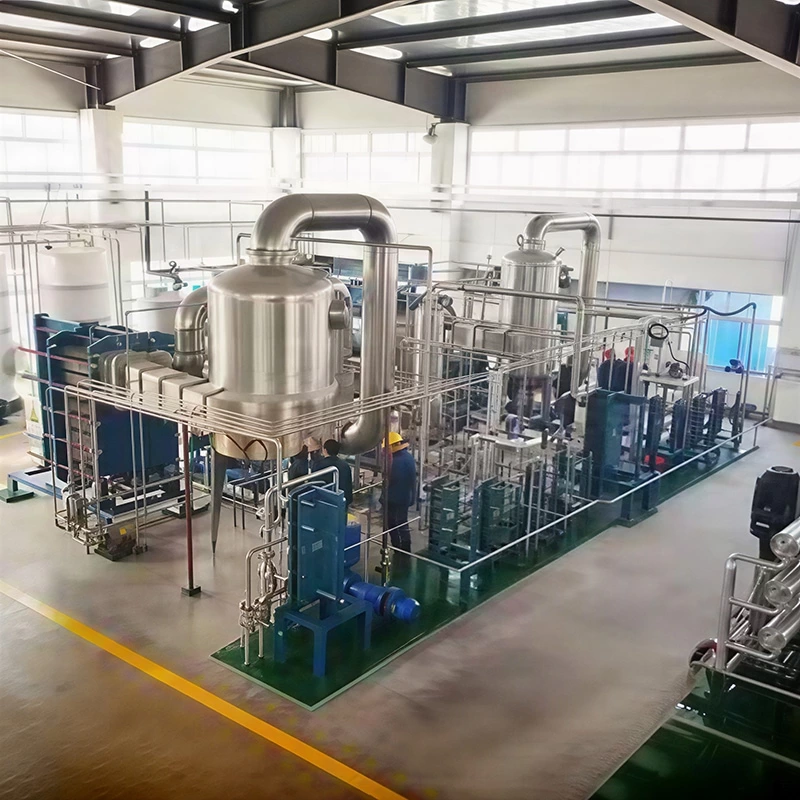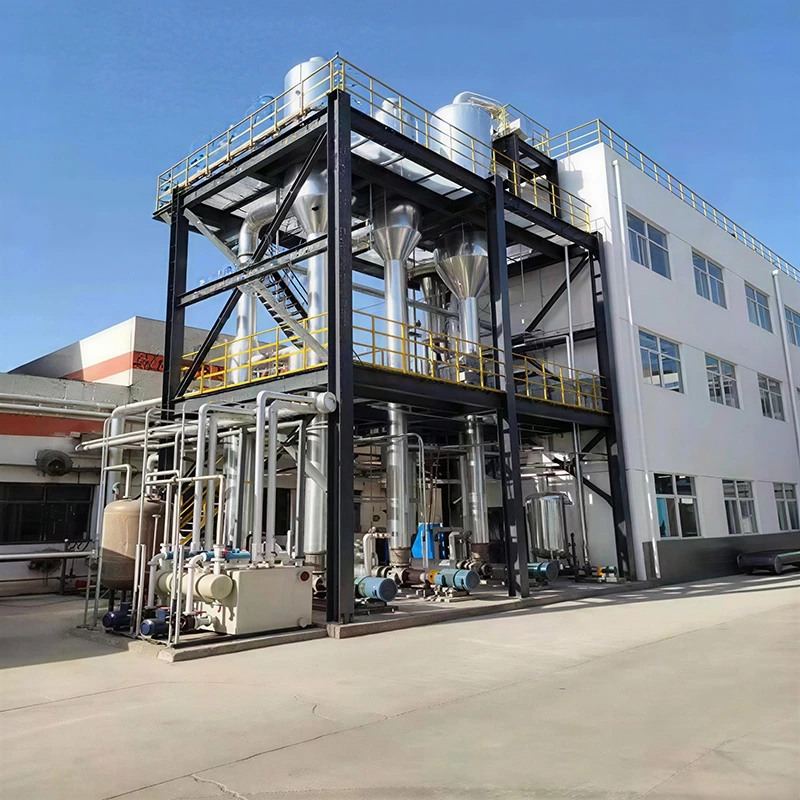Five Effect Apple Juice Concerntration Evaporator
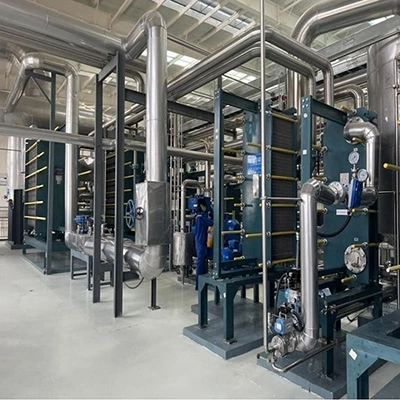
1.Processing materials and targets:
Material: apple juice.
Initial state: the original juice (usually about 10-12°Brix).
The final product: concentrated apple juice (concentration 70%). This is a very high concentration, and it is often used as industrial raw materials, which is convenient for storage and transportation.
2.Core equipment and processes:
Equipment: five-effect falling film evaporator, the main material is SS316L stainless steel.
Working principle: the raw juice first enters the first effect, is heated by external steam (raw steam) and partially evaporates. The generated secondary steam is introduced into the second effect as the heat source of the second effect to heat the juice, and so on until the fifth effect.
High efficiency and energy saving: the heat energy of steam is reused for five times, which greatly reduces energy consumption. Five-effect evaporator is a configuration with very high energy efficiency ratio in current food industry.
Material flow direction: Juice usually flows in the opposite direction to steam flow direction (countercurrent feeding), entering from the last effect with lower temperature and gradually flowing to the first effect with higher temperature, which is conducive to finally obtaining high-concentration products and protecting quality.
Processing capacity: The total evaporation capacity of the system is 8 tons/hour, that is, 8 tons of water can be removed from apple juice every hour.
3.Working condition characteristics and material selection:
Heat-sensitive treatment: Apple juice is sensitive to heat, and Maillard reaction (discoloration), cooking taste and nutrient loss are easy to occur at high temperature. The five-effect evaporator is operated in a lower vacuum (higher vacuum), which reduces the boiling point of the subsequent effects, realizes low-temperature evaporation, and effectively protects the color, flavor and nutrition of the juice.
Corrosive environment: Apple juice contains a variety of organic acids (such as malic acid), which is corrosive to some extent. In the process of heating and concentration, the corrosiveness will be enhanced. SS316L is selected as the main material. Because it contains molybdenum, it has better pitting corrosion resistance and crevice corrosion resistance than 304 stainless steel. It is very suitable for treating food materials containing chlorides and organic acids, and can ensure the long-term durability of equipment and the hygiene and safety of products.
